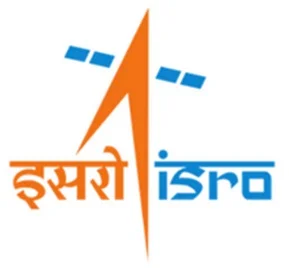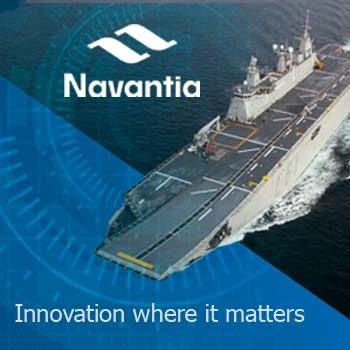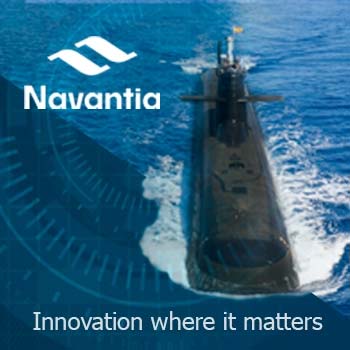New Delhi. As promised in his Independence Day speech, Prime Minister Narendra Modi-headed Union Cabinet on December 28 approved the Gaganyaan Programme with demonstration of Indian Human Spaceflight capability to low earth orbit for a mission duration ranging from one orbital period to a maximum of seven days.
A human rated GSLV Mk-lll will be used to carry the orbital module which will have necessary provisions for sustaining a 3-member crew for the duration of the mission. The necessary infrastructure for crew training, realization of flight systems and ground infrastructure will be established to support the Gaganyaan Programme.
The country’s space agency Indian Space Research Organisation (ISRO) will collaborate extensively with National agencies, laboratories, academia and industry to accomplish the Gaganyaan Programme objectives.
Expenditure:
The total fund requirement for the Gaganyaan Programme is within Rs.10,000 crore and includes cost of technology development, flight hardware realization and essential infrastructure elements. Two unmanned flights and one manned flight will be undertaken as part of Gaganyaan Programme.
Benefits:
Gaganyaan Programme will establish a broader framework for collaboration between ISRO, academia, industry, national agencies and other scientific organisations.
This will allow pooling in of diverse technological and industrial capabilities and enable broader participation in research opportunities and technology development benefitting large number of students and researchers.
The flight system realisation will be through Industry.
It is expected to generate employment and train human resources in advanced technologies.
It will inspire large number of young students to take up science and technology careers for national development.
Gaganyaan Programme is a national effort and will involve the participation of the Industry, Academia and National Agencies spread across the length and breadth of the country.
lmplementation Strategy and Targets:
Gaganyaan Programme will be a national effort in collaboration with Industry, Academia and other scientific agencies and laboratories as stake holders along with ISRO. ISRO will be responsible for realizing the flight hardware through Industry.
National agencies, laboratories and Academia will participate in crew training, human life science technology development initiatives as well as design reviews.
First human space flight demonstration is targeted to be completed within 40 months from the date of sanction. Prior to this, two unmanned flights in full complement will be carried out to gain confidence on the technology and mission management aspects.
Impact:
The programme is expected to spur research and development within the country in niche science and technology domains.
Huge potential for technology spinoffs in areas such as medicine, agriculture, industrial safety, pollution, waste management, water and food resource management etc.
Human spaceflight programme will provide a unique micro-gravity platform in space for conducting experiments and test bed for future technologies.
The programme is expected to give impetus to economic activities within the country in terms of employment generation, human resource development and enhanced industrial capabilities.
Human Spaceflight capability will enable India to participate as a collaborating partner in future Global space exploration initiatives with long term national benefits.
Background:
ISRO has completed the development of launch vehicle GSLV Mk-lll which has the necessary payload capability to launch a 3-member crew module in low earth orbit.
ISRO has also tested the crew escape system which is an essential technology for human space flight. The aerodynamic characterization of crew module has b3een completed as part of GSLV Mk-lll X mission flight. Elements of life support system and Space suit also have been realized and tested.
In addition, the orbital & re-entry mission and recovery operations have been flight demonstrated in Space Capsule Re-entry experiment (SRE) mission.
ISRO has developed and demonstrated most of the baseline technologies essential for undertaking human spaceflight mission. Globally also, there is a renewed interest in undertaking manned exploration initiatives.
















